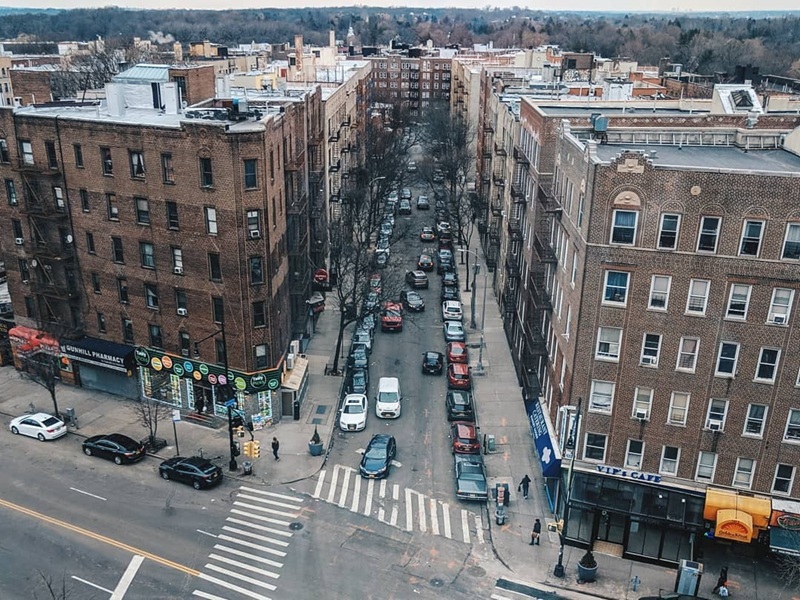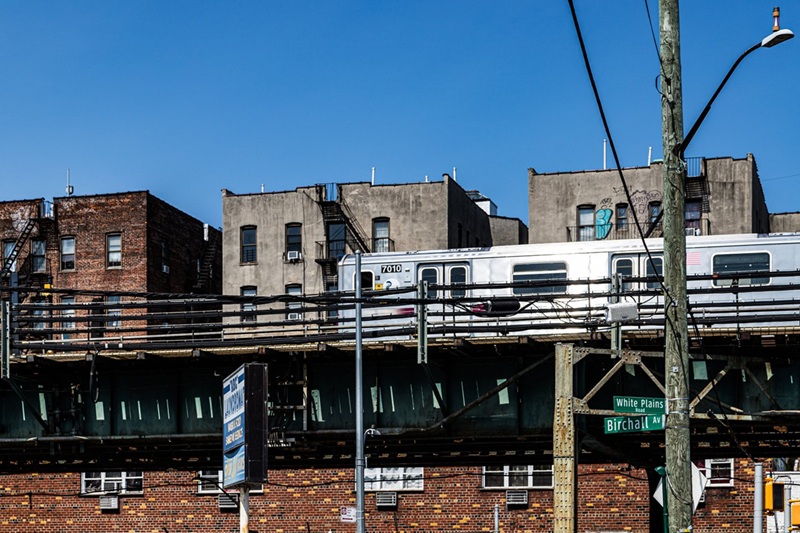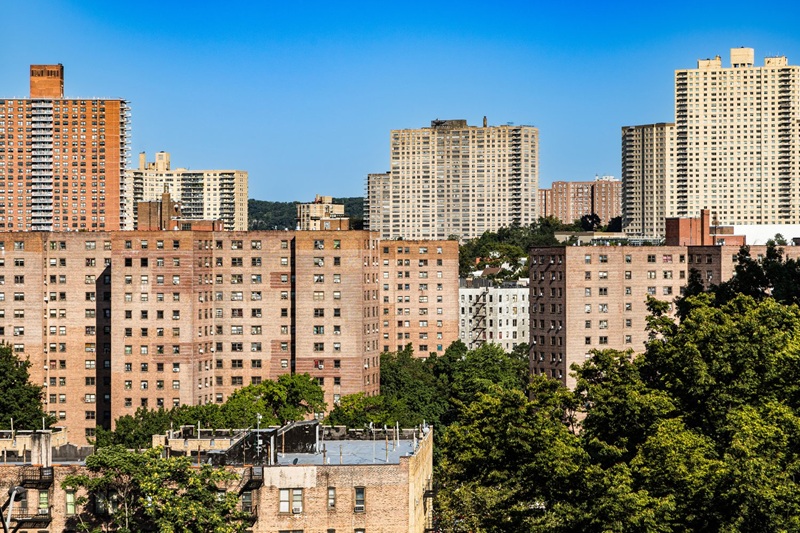
Norwood is a vibrant and diverse neighborhood located in the northwestern section of the Bronx, New York City. Known for its rich history, strong community spirit, and residential atmosphere, Norwood has become an increasingly desirable area for families, professionals, and students seeking an affordable urban environment with access to green spaces and strong local amenities. Situated near some of the Bronx’s key attractions, Norwood has continued to grow and evolve while maintaining its distinctive character.
Historical Background
Norwood’s history dates back to the early days of the Bronx, with its roots in agriculture and suburban development in the 19th century. Originally, much of the land in Norwood was farmland, and the area was sparsely populated. In the late 19th and early 20th centuries, as New York City expanded, the neighborhood began to urbanize and attract middle-class residents.
The early development of Norwood was influenced by the rise of the railroad, particularly the New York, Westchester, and Boston Railway, which had a station near the heart of the neighborhood. This increased accessibility to Manhattan helped stimulate residential development and made the area more attractive to working-class families.
Throughout the 20th century, Norwood saw an influx of immigrants, particularly from Puerto Rico, the Dominican Republic, and other Caribbean nations, shaping the neighborhood’s cultural identity. By the mid-1900s, Norwood became known for its working-class residents, small businesses, and diverse population. As the neighborhood continued to develop, it became a vital part of the Bronx‘s cultural and social fabric.
Geography and Boundaries
Norwood is located in the north-central part of the Bronx, and it is bordered by several well-known neighborhoods. To the south, it is adjacent to Bedford Park, and to the east, it shares a border with Williamsbridge. To the west, Norwood is bordered by Van Cortlandt Park, one of the Bronx’s largest and most popular green spaces, and to the north, it is adjacent to Mosholu Parkway and Woodlawn.
The neighborhood is primarily residential, with a mix of multi-family homes, apartment buildings, and small businesses lining its streets. The elevated topography of Norwood provides it with some scenic views of the surrounding areas, and its proximity to the park adds a natural element to the urban landscape.
Demographics and Community
Norwood is a melting pot of cultures, with a predominantly Hispanic and African American population. The neighborhood is home to many Puerto Rican and Dominican families, alongside a sizable African American community. Over the years, Norwood has also seen an influx of residents from other parts of the world, adding to the area’s cultural vibrancy.
Despite the challenges that urban neighborhoods sometimes face, Norwood is known for its strong sense of community. Residents often gather for local events, and there is an active involvement in community advocacy and grassroots efforts to improve the neighborhood. The neighborhood’s churches, community centers, and local organizations play a central role in the daily life of its residents, organizing cultural celebrations, food drives, and youth programs.
Housing and Real Estate
Housing in Norwood primarily consists of apartment buildings, multi-family homes, and some single-family residences. The neighborhood offers a range of affordable housing options, with many of its buildings dating back to the early 20th century. The residential architecture in Norwood often includes classic brick buildings, some of which have been renovated to offer modern amenities while retaining their original charm.
Real estate prices in Norwood tend to be more affordable compared to other areas of the Bronx or Manhattan, making it an attractive choice for renters and homebuyers looking for relatively affordable living spaces in New York City. The neighborhood is experiencing increasing interest from developers, and some new construction projects have been completed in recent years, further diversifying the local housing market.
Parks and Green Spaces
One of Norwood’s standout features is its proximity to Van Cortlandt Park, which is located to the west of the neighborhood. This massive park is a major draw for residents, offering a wide range of recreational activities. Van Cortlandt Park is home to baseball fields, soccer fields, hiking trails, and playgrounds, as well as the historic Van Cortlandt House Museum, which tells the story of the park and its place in local history.
In addition to Van Cortlandt Park, Norwood is home to several smaller green spaces, including Eagle Park and the Norwood Playground, providing residents with easy access to outdoor activities. These spaces are vital for families and children, offering a respite from the city’s urban environment and a place for recreation and relaxation.
Transportation and Accessibility
Norwood is well-connected to other parts of New York City via public transportation, making it an ideal location for commuters. The 4 subway line serves the neighborhood, with stations at Norwood–205th Street and Bedford Park Boulevard. These stations provide easy access to Manhattan and the rest of the Bronx, making Norwood a convenient base for people who work or study in other parts of the city.
The neighborhood is also served by multiple bus routes, offering additional options for public transit. For those who drive, Norwood has access to major highways, including the Major Deagan Expressway (I-87), which makes it easy to travel to other parts of the Bronx, Westchester County, or even into Manhattan.
Education and Institutions
Norwood offers a range of educational options for families with children. The neighborhood is home to several public schools, including P.S. 94 and J.H.S. 80. These schools serve the local community and offer various programs for students from early childhood through middle school.
In addition to public schools, Norwood is located near higher education institutions. Lehman College, part of the City University of New York (CUNY) system, is located in the nearby University Heights neighborhood. Lehman College is an important educational and cultural institution, offering undergraduate and graduate programs, and providing opportunities for local students to further their education.
Challenges and Community Initiatives
Like many urban neighborhoods, Norwood faces challenges related to economic inequality, housing affordability, and access to resources. However, the community has demonstrated resilience and activism in addressing these issues. Local organizations are working to improve the neighborhood, with initiatives focused on crime prevention, better access to healthcare, and affordable housing.
There is also a strong focus on preserving the neighborhood’s cultural identity, which is enriched by the various ethnic communities that call Norwood home. Community leaders and activists are working to ensure that new development in the area does not displace long-time residents, and that Norwood continues to be a place where diverse populations can live, work, and thrive together.
Conclusion
Norwood is a neighborhood that blends urban convenience with a strong sense of community. Its diverse population, affordable housing options, proximity to green spaces, and rich cultural history make it an increasingly popular choice for people seeking an affordable and vibrant area to live in the Bronx. As the neighborhood continues to grow and change, Norwood remains a place where residents work together to improve the quality of life for all. Whether through its strong community organizations, access to parks, or convenient transportation options, Norwood offers a unique living experience within one of New York City’s most dynamic boroughs.

